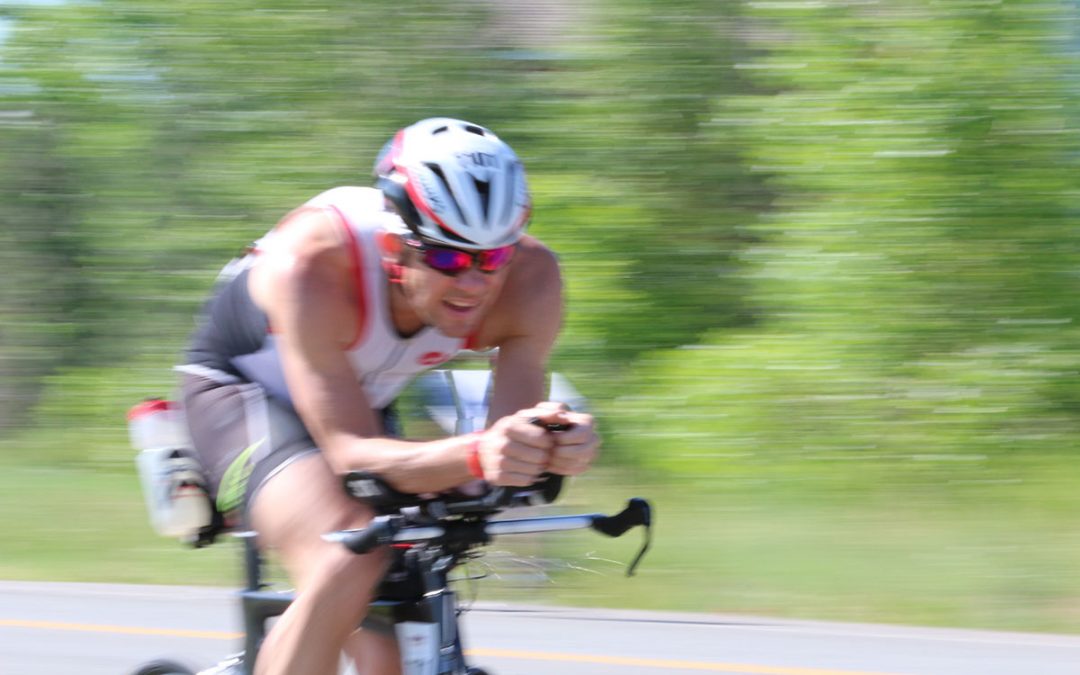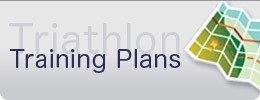Updated on August 9, 2016.
The quick answer: No, you really don’t need to train up to the full bike (112 miles) and run (26.2 miles) distances in a single workout prior to the race.
In my experiences and observations as both a sub 9-hour IRONMAN athlete and as a coach to hundreds of IRONMAN triathletes of all levels, 6 hour rides and 3.5+ hour runs tend to become “just putting in time” workouts without much focus and with long, unnecessary breaks. Plus, the long, long bike and run workouts tend to be tedious and boring while increasing your risk of overuse injuries and overtraining – both of which will set you back in training.
The key instead is to make the most out of each long workout by staying focused and minimizing stopping time. I suggest keeping your long bikes to 4 – 5 hours and long runs to no longer than 2.5 hours.
Start each long ride or run with a goal. What’s its purpose? What do you need to do during the workout? If you have tempo or race pace sets, when will you do them?
Training tip: I like to save some of the interval sets towards the end of the long workout to simulate race day fatigue at later stages of the bike and run.
When doing a bike or run workout, keep non-exercise time to a minimum. Don’t count stop / break times. Try to keep stops to a minimum. Ideally, if you’re doing a 4-5 hour ride, take only 1 stop in the middle to refill bottles, bathroom, etc. Of course, if it’s especially hot and you need more fluids then get more fluids.
Training tip: What I would do to minimize stop is either carry 4 water bottles (2 on my bike frame, 2 mounted on cage on back of my seat) or 2 bottles on frame plus a Camelbak or aero bottle on front. Minimizing stops helps simulate race conditions and maximize training efficiency.
You will almost always be much faster in a race than in training, too (adrenaline, focus, aid stations don’t require you to stop, tapered training, etc.) as long as you’ve been consistent with your training and are fully tapered and rested on race day.
I’ve applied this philosophy to myself and to the athletes I’ve coached. In my best years of IRONMAN training and racing (including my 8:51 at Roth in Germany), I never biked more than 80 miles or ran more than 2:20 (17 miles) in a workout.
However, if you want to do more so that you’ve “done the distance,” then go for it. Just be mindful that you will need more recovery after the longer workouts.
Jumping into an organized ride like a century, is great training plus it will help you build confidence of doing the distance if you’ve never biked 100 miles. Biking tends to be less wear and tear on the body than running so it’s generally ok to add on additional biking within reason.
If you do run longer than 2.5 or 3 hours, then I’d recommend mixing in short walking intervals – e.g. run 9 minutes / walk 1 minute – to help reduce the damage to your muscles and facilitate faster recovery. This is also an excellent strategy for race day and can be implemented by running between aid stations (approximately every mile during an IRONMAN Triathlon) then walking during each aid station for 1 minute to ensure adequate fluid and nutrition intake. Psychologically, this strategy helps break up the race into more manageable “chunks,” too.
Happy training!
David
—
About the Author:
David B. Glover, MS, CSCS has completed 28 IRONMAN distance triathlons including two sub 9 hour finishes and winning Vineman Full twice. Now, David’s passion now is helping triathlete and other endurance athletes achieve their dreams through his online triathlon education and training company, ENDURANCEWORKS. David has an MS in Exercise Physiology and is certified as a coach by USA Triathlon and USA Cycling as well as having his CSCS from NSCA. After six years of living, training and coaching in the triathlon mecca of Boulder, CO, David currently resides in the never ending summer of Southern California.
Please note: IRONMAN® and IRONMAN Triathlon® are registered trademarks of World Triathlon Corporation (WTC).


